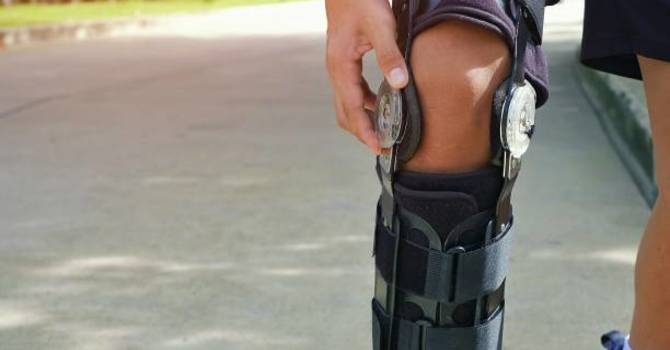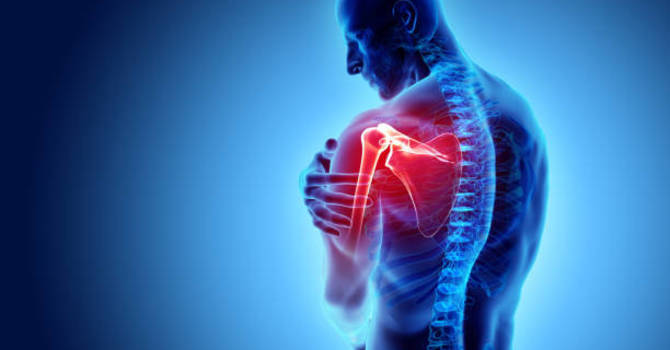The Recovery Process After Shoulder Stem Cell Therapy
Stem cell therapy has emerged as a promising treatment for various medical conditions, including shoulder injuries. The recovery process following shoulder stem cell therapy is crucial to the overall success of the treatment. This article will provide a comprehensive overview of what to expect during the recovery phase, including the timeline, factors affecting recovery, and tips for optimal healing.
Understanding Shoulder Stem Cell Therapy
by Mika Baumeister (https://unsplash.com/@kommumikation)Stem cell therapy for shoulder injuries involves injecting stem cells into the damaged area to promote healing and tissue regeneration. These cells have the unique ability to transform into different types of cells, aiding in the repair of injured tissues. The procedure is minimally invasive and can be performed on an outpatient basis.
Recovery Phase After Stem Cell
Immediately after the procedure, patients may experience mild discomfort and swelling at the injection site. This is a normal part of the healing process. To manage pain and reduce swelling, doctors typically recommend:Applying ice packs to the affected areaKeeping the shoulder elevatedTaking prescribed pain medicationsRest and Limited ActivityIn the first few days following the procedure, it is essential to rest and avoid strenuous activities. The initial recovery phase usually lasts about one to two weeks. During this time, patients should focus on:Limiting shoulder movement to prevent strainAvoiding lifting heavy objectsUsing a sling if recommended by the doctor
Intermediate Recovery Phase After Stem Cell
After the initial recovery phase, patients can gradually begin to increase their activity levels. This phase typically lasts from two to six weeks post-procedure. During this period, it is crucial to follow a structured rehabilitation program that includes:
Gentle range-of-motion exercises
Light stretching to maintain flexibility
Gradual strengthening exercises as tolerated
Physical Therapy
Physical therapy plays a vital role in the recovery process. A physical therapist will design a personalized exercise plan to help restore shoulder function and strength. The therapist will also monitor progress and make adjustments to the program as needed.
The Final Recovery Phase After Stem Cell
The final phase of recovery involves a full return to normal activities, including sports and physical labor. This phase can last from three to six months, depending on the individual's overall health and the severity of the shoulder injury. Key components of this phase include:
Advanced strengthening exercises
Sport-specific training for athletes
Continued monitoring by healthcare professionals
Factors Affecting Recovery Speed
Several factors can influence the recovery speed after shoulder stem cell therapy, including:Age: Younger patients tend to heal faster due to better cellular regeneration.Overall Health: Patients in good health typically experience quicker recovery times.Severity of Injury: More severe injuries may require a longer recovery period.Adherence to Rehabilitation: Following the prescribed rehabilitation plan closely can significantly impact recovery speed.
Tips for Optimal Recovery after Stem Cell
To ensure the best possible outcome after shoulder stem cell therapy, consider the following tips:Follow Medical Advice: Adhere to all post-procedure instructions provided by your healthcare team.Stay Hydrated: Proper hydration is essential for cellular repair and overall health.
Maintain a Healthy Diet: A balanced diet rich in nutrients supports the healing process.
Avoid Smoking: Smoking can impede healing and reduce the effectiveness of stem cell therapy.
Stay Positive: A positive mindset and patience can aid in a smoother recovery journey.
Potential Future Developments in Stem Cell Therapy
Stem cell therapy is an evolving field with ongoing research aimed at enhancing its effectiveness and expanding its applications. Future developments may include:Improved techniques for harvesting and injecting stem cells, Enhanced understanding of stem cell behavior and differentiation, Potential use of stem cells in combination with other therapies for better outcomes
Conclusion
The recovery process after shoulder stem cell therapy is a critical component of achieving successful outcomes. By understanding the different phases of recovery, factors affecting recovery speed, and following recommended tips, patients can optimize their healing journey. As the field of regenerative medicine continues to advance, stem cell therapy holds great promise for treating shoulder injuries and improving patients' quality of life.This article aims to provide medical students and health journalists with a clear and comprehensive understanding of the recovery process following shoulder stem cell therapy. By breaking down the complex concepts into manageable sections, the article ensures that readers can easily grasp the intricacies of regenerative medicine and its practical applications.
Dr. Devin Stone
Contact Me


